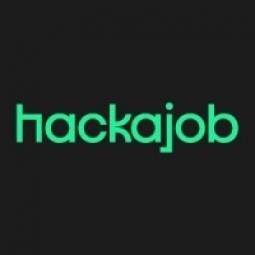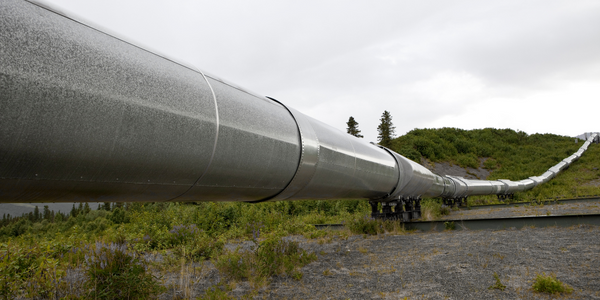Applicable Industries
- Oil & Gas
Applicable Functions
- Procurement
- Quality Assurance
Services
- Testing & Certification
About The Customer
Founded in 2011, Secret Escapes is a members-only travel company that specializes in heavily discounted luxury hotel stays and trips. The company negotiates exclusive rates at up to 60% off the price you’d pay by booking anywhere else, making it one of the world’s most innovative travel commerce enterprises. With over 50 million members worldwide, Secret Escapes has seen significant growth, acquiring Travista, JustBook, and mycitytravel, and securing £156 million in funding since its inception.
The Challenge
Secret Escapes, a members-only travel company specializing in discounted luxury hotel stays and trips, faced a significant challenge in their tech recruitment process. The company required a robust pipeline of at least 100 potential candidates each month for various technical roles, including front-end, UX, Java, and DevOps. However, with a small recruitment team responsible for hiring across the entire business, not just tech roles, they struggled to meet this demand. Additionally, as Secret Escapes is primarily seen as a travel company rather than a tech company, they faced the challenge of showcasing their tech stack to attract high-quality candidates.
The Solution
To address these challenges, Secret Escapes turned to hackajob, a platform that uses AI to streamline the recruitment process. The goal was to build a comprehensive pipeline of candidates at scale, with cost-per-hire being a crucial factor. Hackajob's solution proved to be significantly cheaper than traditional agency costs and minimized candidate wastage. The platform's AI capabilities ensured that only the most relevant candidates were put forward for interviews, allowing Secret Escapes to control the types of candidates they wanted to see. Furthermore, hackajob created personalized technical tests specifically for Secret Escapes' hiring needs, incorporating set time limits to reduce candidate drop-off.
Operational Impact
Quantitative Benefit

Case Study missing?
Start adding your own!
Register with your work email and create a new case study profile for your business.
Related Case Studies.

Case Study
Taking Oil and Gas Exploration to the Next Level
DownUnder GeoSolutions (DUG) wanted to increase computing performance by 5 to 10 times to improve seismic processing. The solution must build on current architecture software investments without sacrificing existing software and scale computing without scaling IT infrastructure costs.

Case Study
Remote Wellhead Monitoring
Each wellhead was equipped with various sensors and meters that needed to be monitored and controlled from a central HMI, often miles away from the assets in the field. Redundant solar and wind generators were installed at each wellhead to support the electrical needs of the pumpstations, temperature meters, cameras, and cellular modules. In addition to asset management and remote control capabilities, data logging for remote surveillance and alarm notifications was a key demand from the customer. Terra Ferma’s solution needed to be power efficient, reliable, and capable of supporting high-bandwidth data-feeds. They needed a multi-link cellular connection to a central server that sustained reliable and redundant monitoring and control of flow meters, temperature sensors, power supply, and event-logging; including video and image files. This open-standard network needed to interface with the existing SCADA and proprietary network management software.

Case Study
Refinery Saves Over $700,000 with Smart Wireless
One of the largest petroleum refineries in the world is equipped to refine various types of crude oil and manufacture various grades of fuel from motor gasoline to Aviation Turbine Fuel. Due to wear and tear, eight hydrogen valves in each refinery were leaking, and each cost $1800 per ton of hydrogen vented. The plant also had leakage on nearly 30 flare control hydrocarbon valves. The refinery wanted a continuous, online monitoring system that could catch leaks early, minimize hydrogen and hydrocarbon production losses, and improve safety for maintenance.










